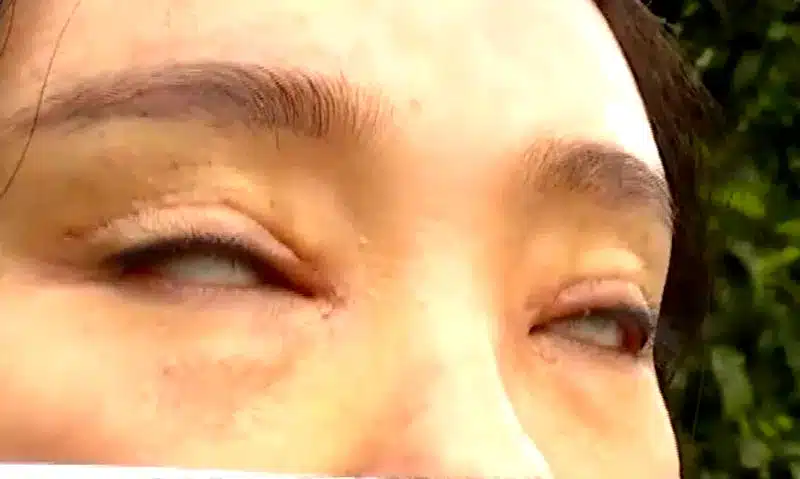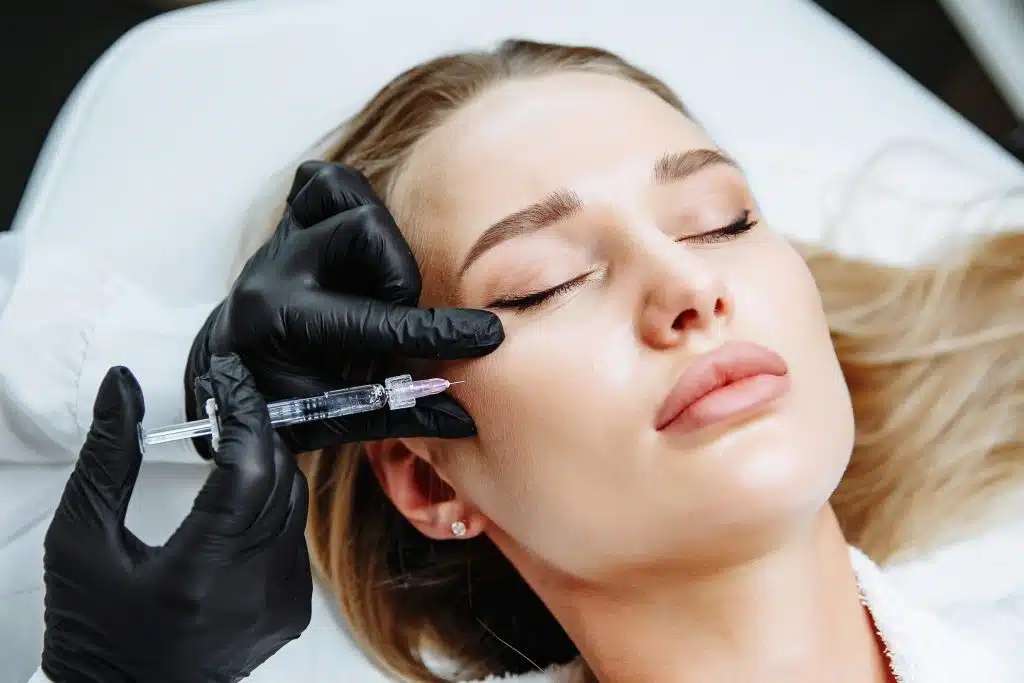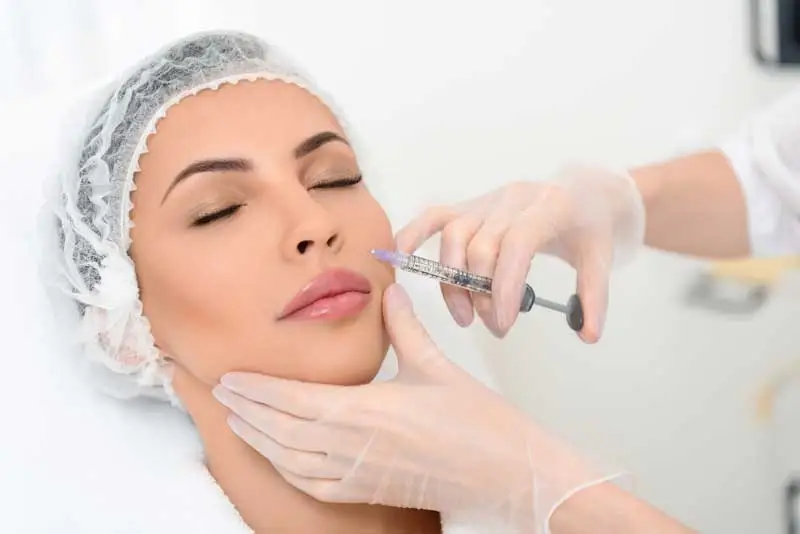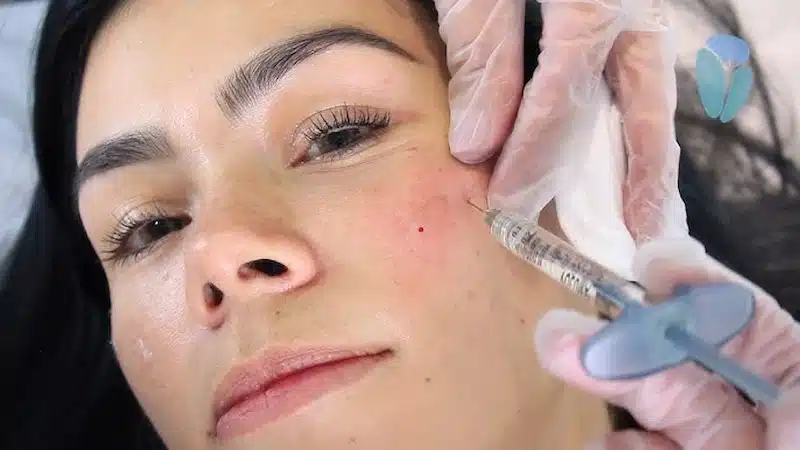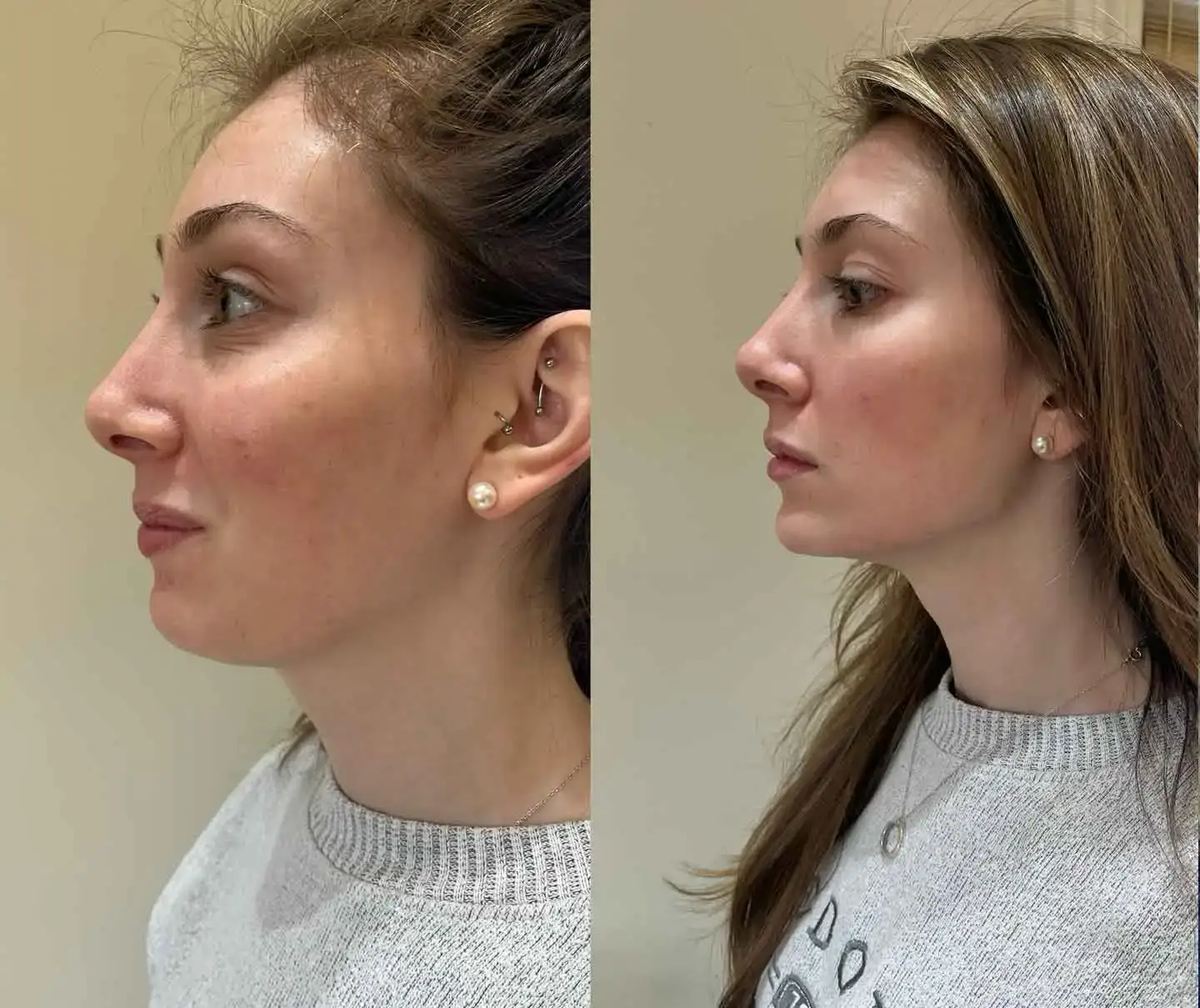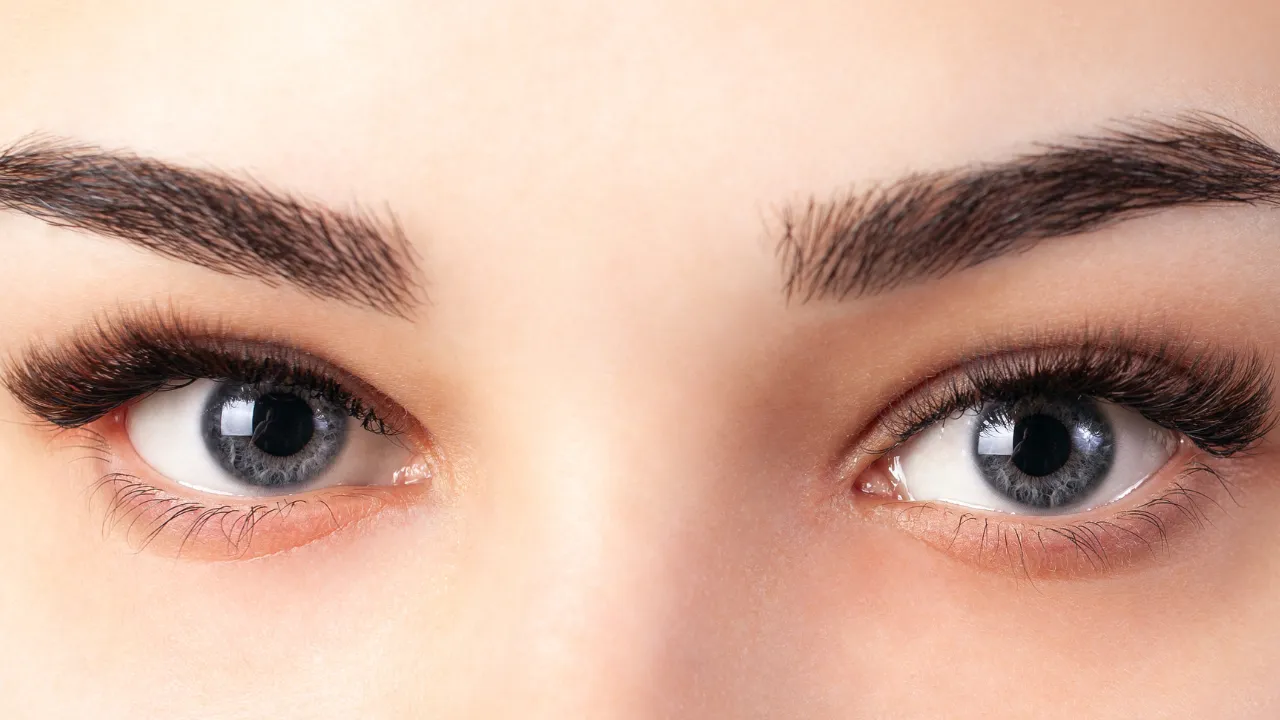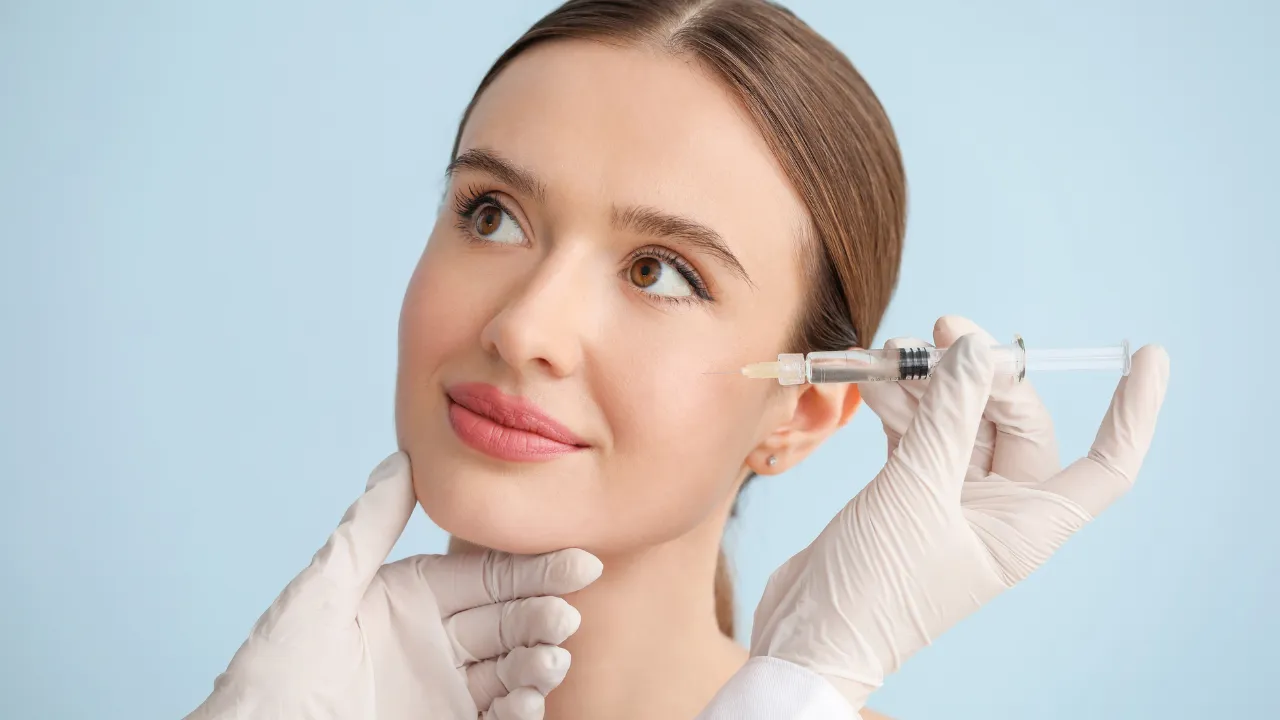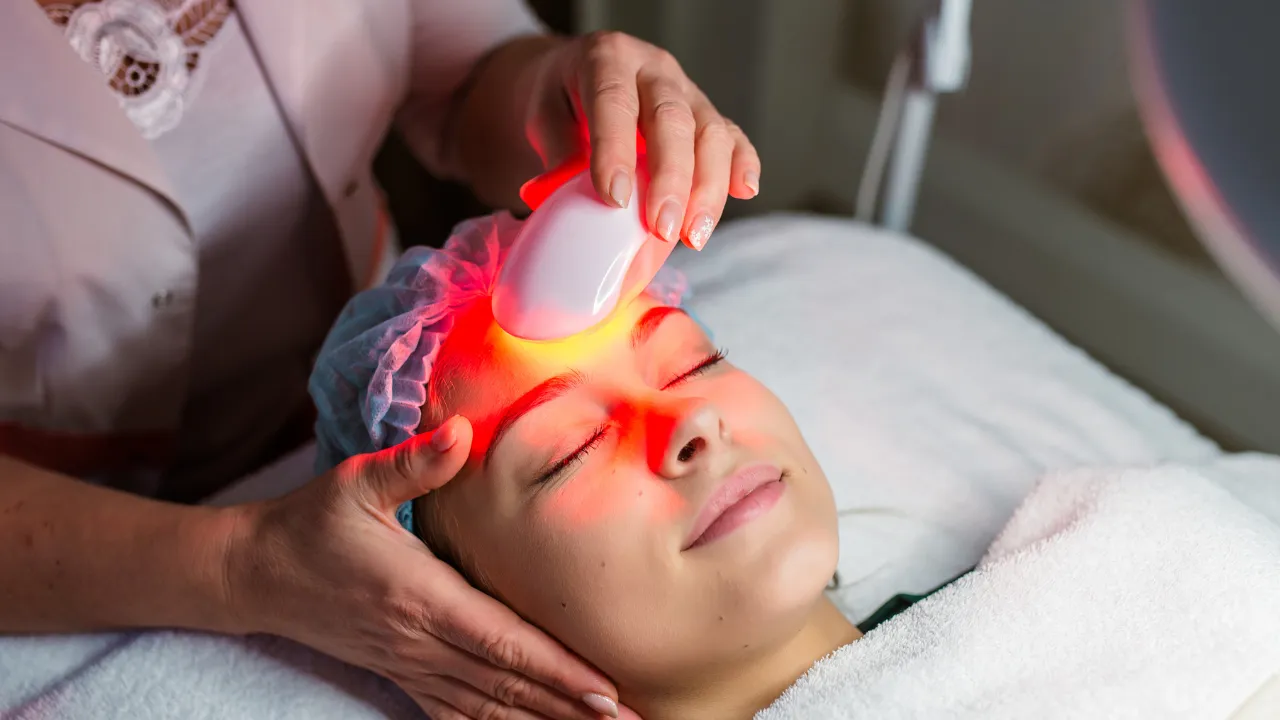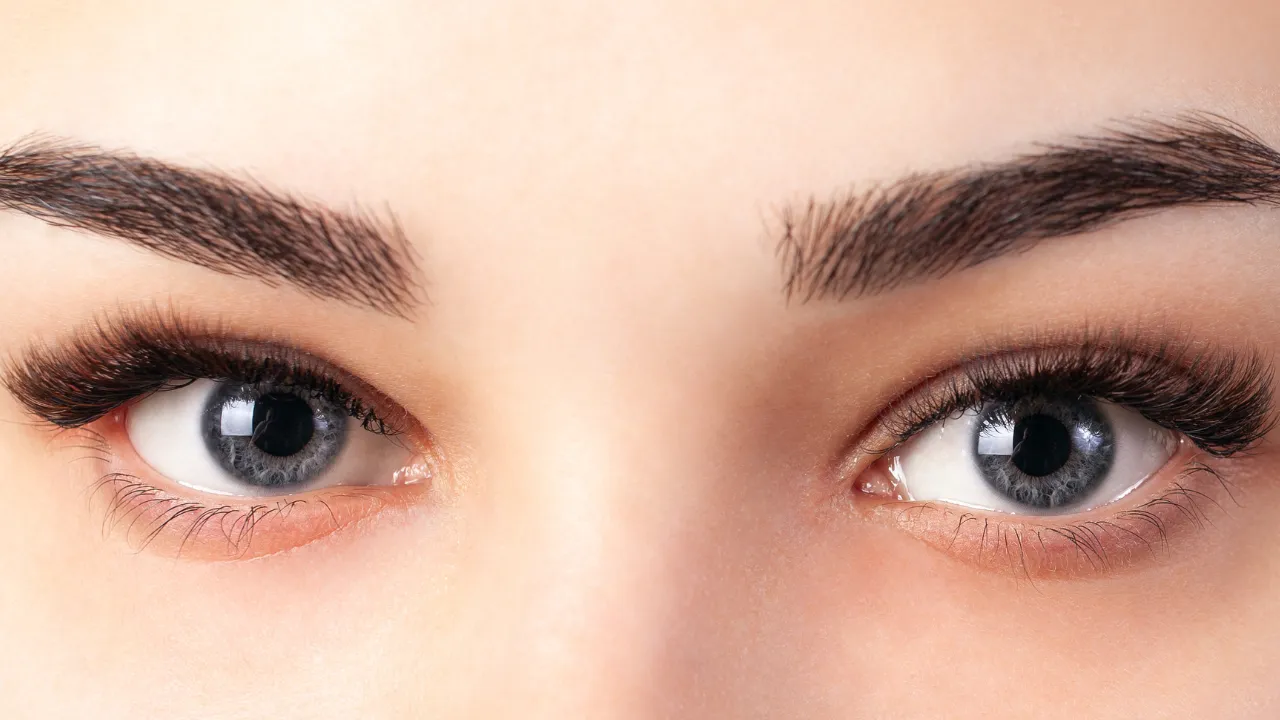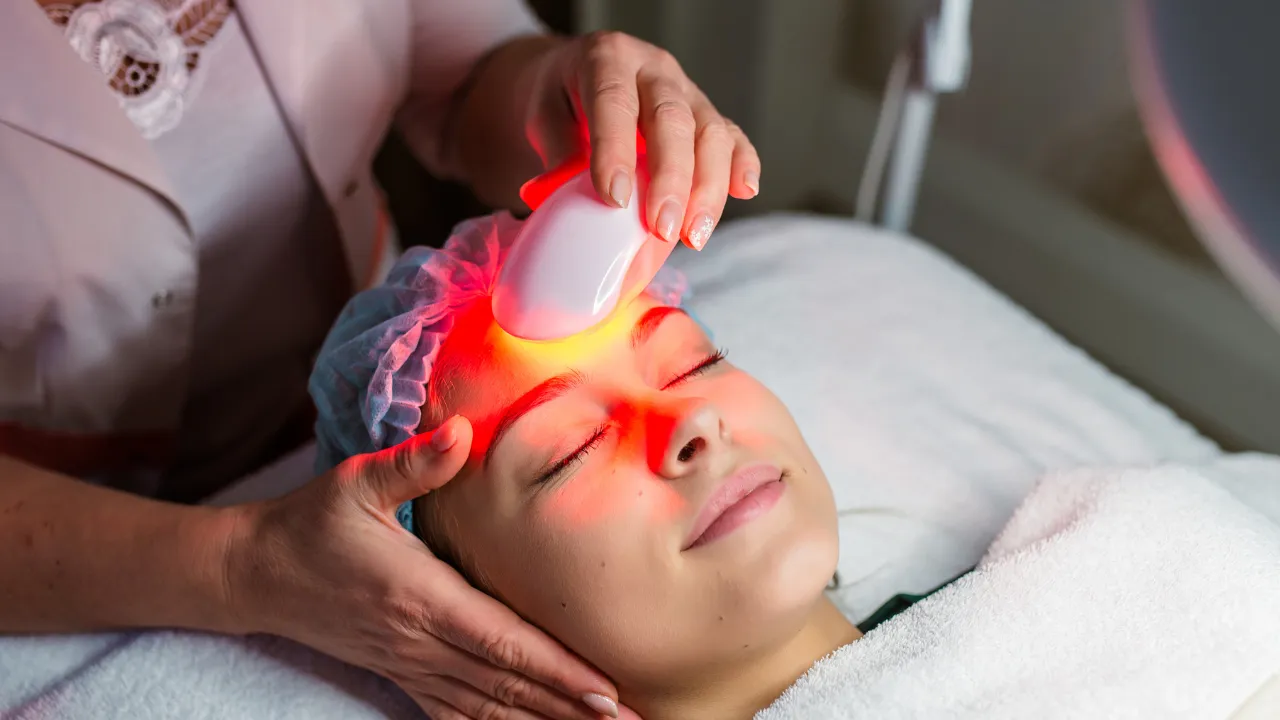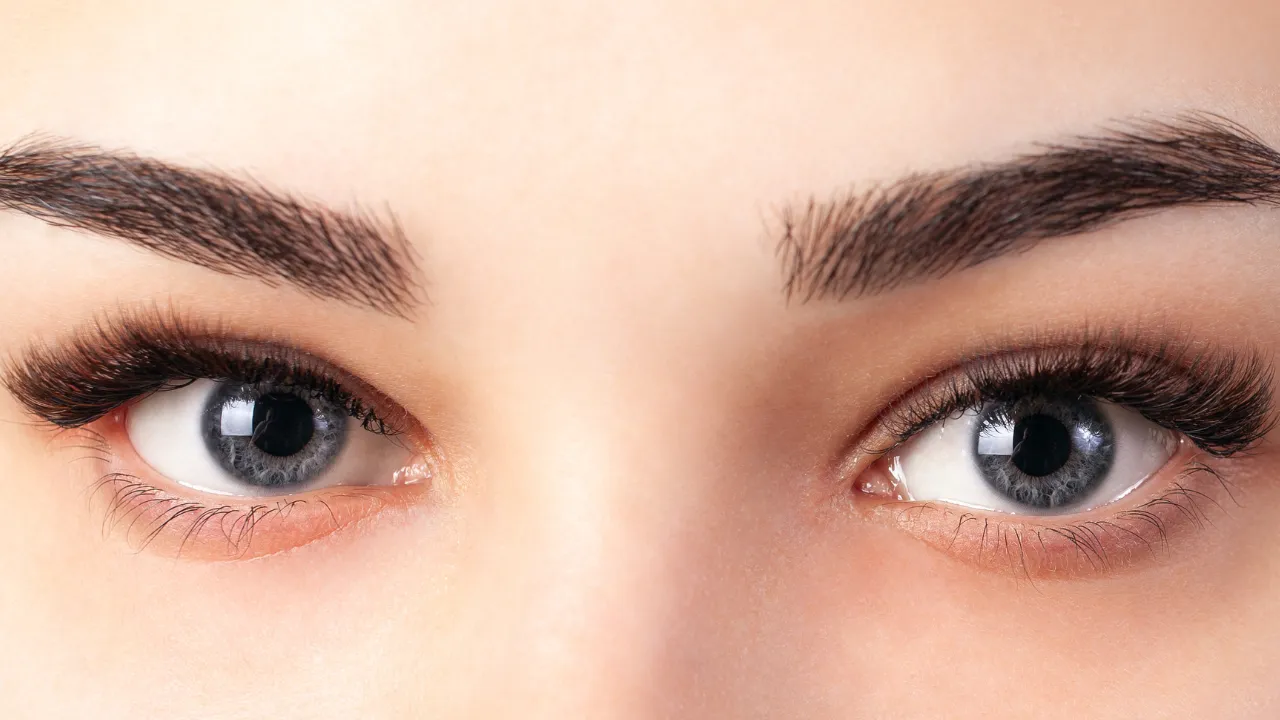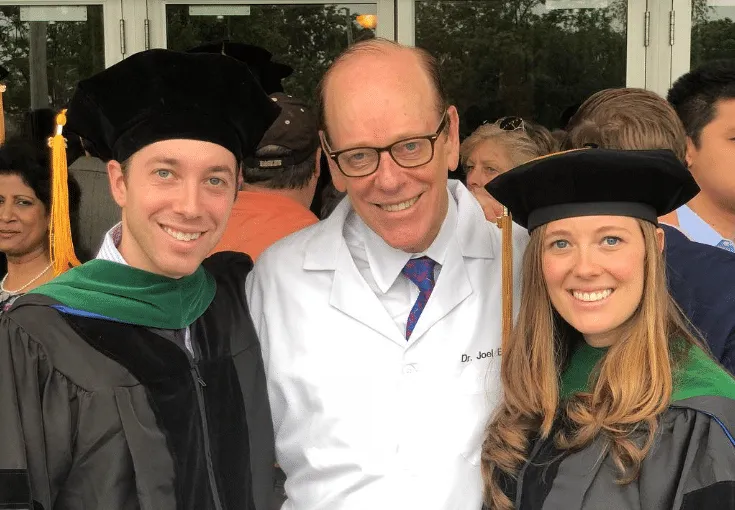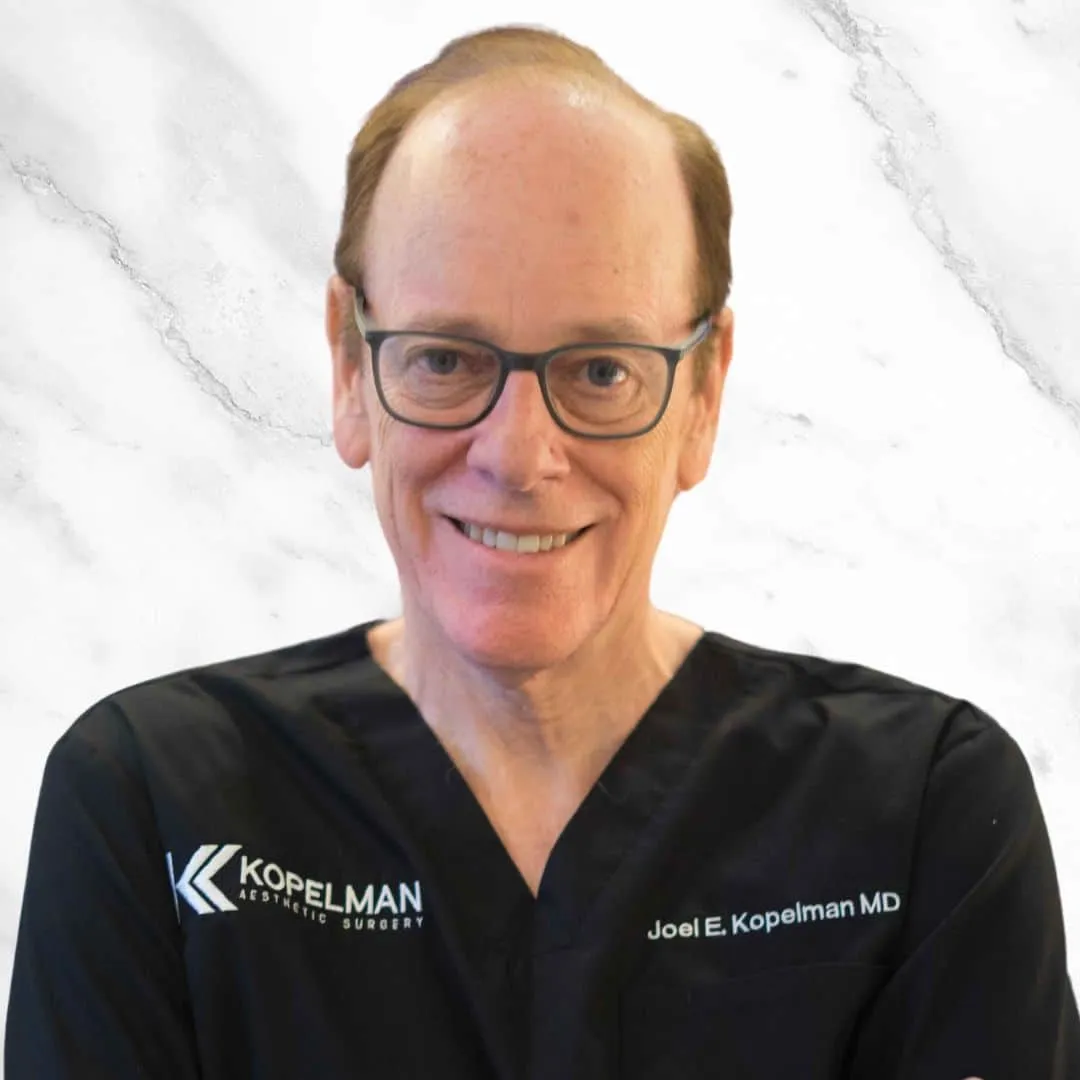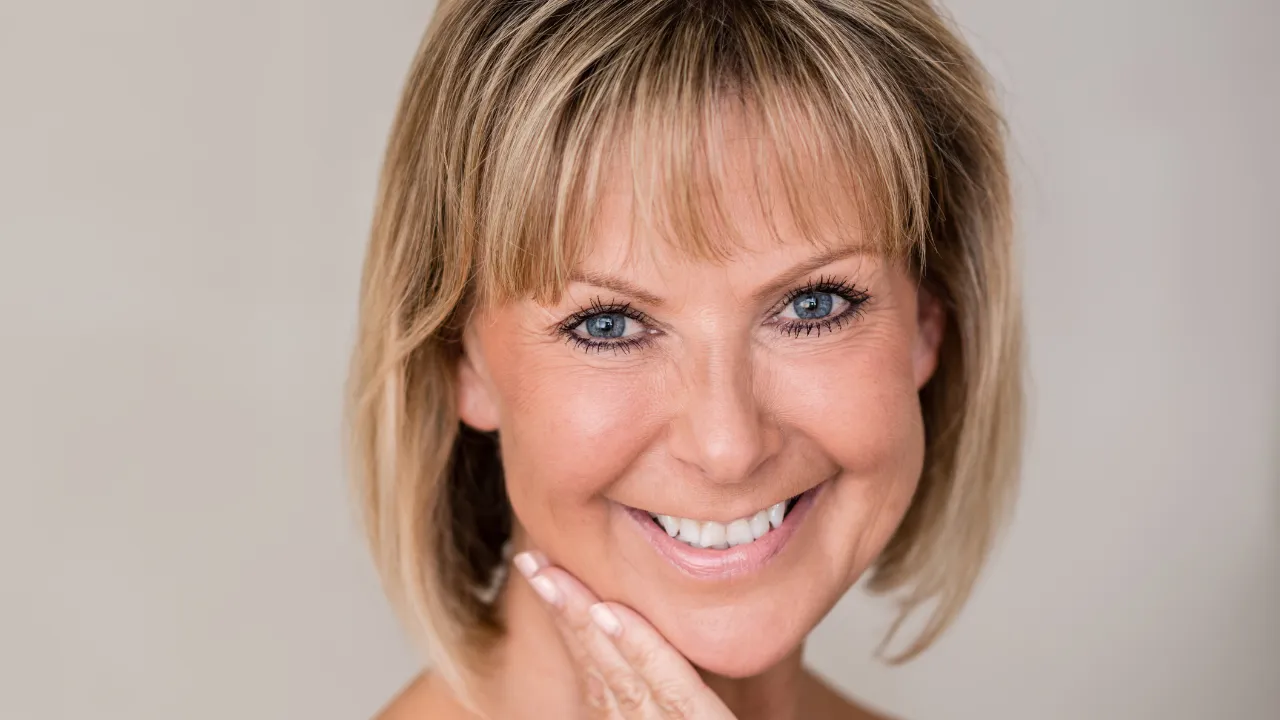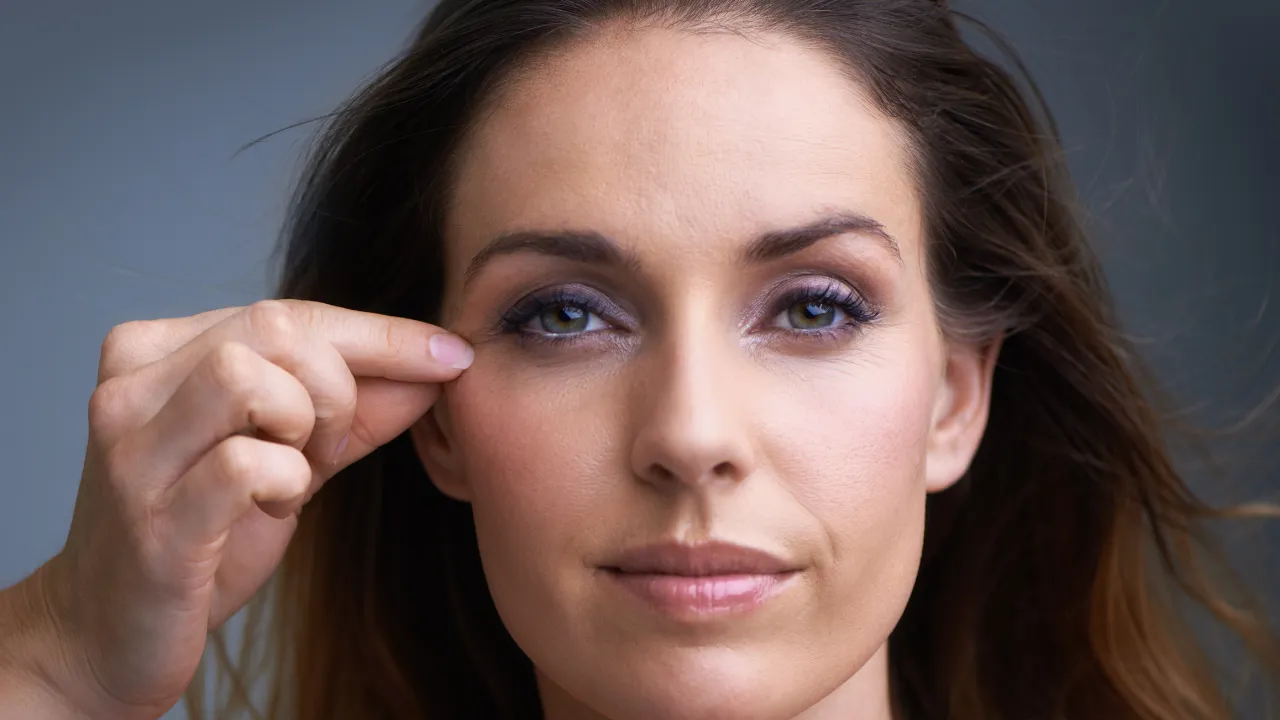Dr. Joel Kopelman of Kopelman Aesthetic Surgery is a board-certified facial plastic and oculoplastic surgeon with decades of experience in eyelid and plastic surgery. Patients searching for bad blepharoplasty photos often want to see clear examples of what can go wrong after eyelid surgery and understand how to avoid similar outcomes.
These photos show visible signs of complications such as scarring, uneven eyelids, or hollowed upper lids, helping people recognize risks and make informed choices before surgery.
Below is a detailed guide that explains what failed eyelid surgery looks like, why complications happen, how to prevent them, and what revision options are available. The information is designed to answer the most common questions and provide practical steps for safer, more predictable results.
Key Takeaways
- Bad blepharoplasty photos reveal visible complications such as scarring, eyelid asymmetry, and incomplete lid closure, helping patients recognize poor outcomes early.
- Complications can result from surgical errors, removing excess skin incorrectly, or patient health factors like thyroid disease or poor healing capacity.
- Choosing a board-certified facial plastic or oculoplastic surgeon and following all pre- and post-operative instructions significantly lowers the risk of bad results.
- Warning signs during recovery include sudden vision changes, severe pain, rapid swelling, or signs of infection, all of which require immediate medical attention.
- Most complications can be improved with revision surgery once healing is complete, but timely evaluation by an experienced surgeon is critical for the best outcome.
Table of Contents
ToggleWhat Bad Eyelid Surgery Looks Like
Bad results from eyelid surgery can appear in several ways. Blepharoplasty gone wrong pictures often show lids that do not close fully, excessive skin removal, or a hollowed appearance. In some cases, patients develop drooping or uneven folds that change the natural eye shape. These issues can affect both appearance and eye comfort.
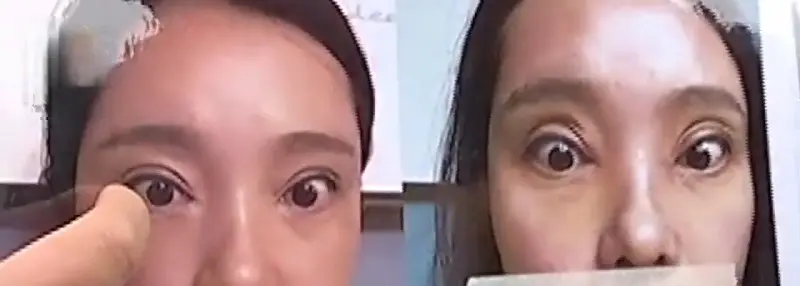
Blepharoplasty gone wrong photos and cases (general, day-by-day, and lower-lid examples)
Photo sets taken over days or weeks reveal how complications develop over time. Early signs may include extreme swelling, bruising that does not fade, or lids pulled downward.
Day-by-day images help patients understand normal healing versus warning signs of a poor outcome. Lower-lid problems often show skin retraction, stubborn eye bags, or an unnatural round eye shape.
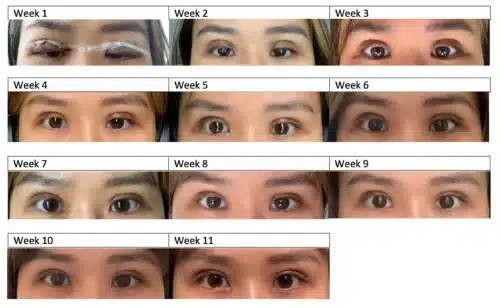
Bad blepharoplasty scars and healing concerns
Visible scars can occur when incisions heal poorly or tension pulls on the skin. Thick or raised scars may remain after the initial recovery period. Careful scar management, including follow-up visits and possible laser treatments, can improve the final appearance but cannot always remove all marks.
Recovery Timeline and Expectations
Understanding the normal course of healing helps patients separate routine recovery from warning signs of complications. Most people experience swelling and bruising for one to two weeks, with stitches typically removed after the first week.
Residual puffiness or mild asymmetry may take several months to fully resolve. Knowing these milestones allows patients to contact their surgeon promptly if symptoms fall outside expected patterns, especially in the first month after surgery when most healing changes occur.
Patients undergoing asian blepharoplasty, which creates or enhances an upper eyelid crease, should also monitor for specific swelling patterns unique to this technique.
Early Warning Signs After Surgery
Recognizing complications during the first few weeks can prevent long-term problems. Contact your surgeon if you experience sudden vision changes, severe pain that does not improve with medication, or eyelids that cannot fully close.
Persistent redness, rapidly increasing swelling, or bleeding beyond the expected post op period are also red flags. Prompt evaluation allows treatment before these issues become permanent.
Why Blepharoplasty Can Go Wrong
Complications can result from several factors. Understanding these causes helps patients plan for safer surgery and recognize when to seek help.
Common surgical mistakes and tissue removal issues
Removing too much upper eyelid skin or excess skin and fat can lead to hollow eyes or lids that cannot close. Inaccurate placement of incisions may cause uneven creases or asymmetry. Poor control of bleeding during surgery can increase swelling and delay healing.
Problems may also arise during upper eyelid surgery if the natural fold is altered or excessive fat is removed, sometimes leaving droopy upper eyelids that require revision.
Patient factors and healing problems
Individual health plays a large role in recovery. Conditions such as thyroid eye disease, diabetes, or poor skin elasticity raise the risk of complications.
Smoking, certain medications, and failure to follow post-operative instructions can also slow healing and create unwanted scars.
Managing Common Side Effects
Even with proper care, patients may notice temporary side effects such as bruising, mild dryness, or itching around the incision line. These symptoms usually improve within the first month after surgery and can be eased with cold compresses, prescribed ointments, and gentle cleansing.
Report any sudden increase in pain or discharge to your surgeon, as these may signal infection. Understanding which effects are normal and which require attention helps reduce anxiety during recovery.
Can blepharoplasty have bad results?
Yes. While most eyelid surgeries heal well, any procedure carries risks. Common side effects include persistent swelling, infection, double vision, or dry eyes. Reviewing these risks during the consultation allows patients to set realistic expectations and prepare for proper aftercare.
How to Prevent Bad Results
Preventing poor outcomes starts long before surgery. Patients can take practical steps to lower risk and improve the chance of natural-looking results.
Preparing for a Safer Surgery
Proper preparation lowers risk. Patients should:
- Provide a complete medical history, including medications and allergies.
- Stop smoking at least two weeks before surgery.
- Arrange for transportation and post-operative support.
- Follow all pre-operative instructions about food, drink, and medications.
These steps give the surgeon the best chance for a smooth operation and recovery.
Choosing a qualified surgeon
Select a board-certified facial plastic or oculoplastic surgeon with a strong record of eyelid procedures. Review before-and-after photos, ask about complication rates, and verify hospital or surgical center credentials. Dr. Kopelman encourages patients to seek second opinions when needed to ensure they feel confident in their choice.
Pre- and post-operative care essentials
Good preparation includes sharing a complete medical history, stopping certain medications as advised, and arranging for help during the first recovery days. After surgery, follow all instructions for cleaning incisions, applying ointments, and attending follow-up visits. Simple habits such as keeping the head elevated and avoiding heavy activity reduce swelling and support safe healing.
Choosing Between Eyelid Lift and Blepharoplasty
Patients often ask whether a simple eyelid lift or a full blepharoplasty is the better option. An eyelid lift targets sagging upper eyelid skin and can refresh the eyes without major structural changes.
Blepharoplasty allows for precise removing excess skin and repositioning excess skin and fat, making it ideal for people with droopy upper eyelids or prominent eye bags. A consultation with a board-certified surgeon will clarify which procedure best matches your needs and anatomy.
Cultural Considerations in Asian Blepharoplasty
Asian blepharoplasty creates or enhances an upper eyelid crease while respecting natural eyelid anatomy. Because eyelid thickness and fat distribution differ among patients, planning must focus on preserving a natural look and protecting eyelid function.
Dr. Kopelman evaluates each patient’s unique structure to ensure the crease height, contour, and fold complement the rest of the face. Careful planning reduces the chance of uneven folds or complications that might require revision.
Fixing a Botched Blepharoplasty
Even when complications occur, many patients can achieve improvement with corrective treatment.
Can a botched blepharoplasty be fixed?
Yes, but revision surgery requires careful planning. Surgeons must evaluate how much tissue remains and whether the eye can close properly.
In some cases, fat grafting or skin grafts are needed to restore natural contours. Patients should wait until swelling and scar tissue stabilize, usually several months, before considering revision.
Revision options and recovery
Corrective techniques may include repositioning eyelid tissue, releasing scar bands, or adding fat to hollow areas. Recovery is similar to the first surgery but may take longer because of scar tissue.
Following all aftercare instructions is critical to avoid further complications and achieve the best possible result. During this post op phase, close monitoring by a specialist ensures that healing progresses safely and that any emerging complications are managed early.
Key Questions and Safety Tips
Frequently Asked Questions
Patients often have additional concerns about eyelid surgery outcomes. The following answers address common issues that arise before and after a blepharoplasty procedure.
How much does revision surgery cost?
What are the chances of a successful revision?
When can I return to normal activities?
What symptoms require immediate attention?
Are bad results permanent?
Some issues, such as mild swelling or bruising, resolve on their own. Others, like significant scarring or lid retraction, may require revision surgery to correct. Early evaluation by an experienced surgeon can prevent small problems from becoming permanent.
When to seek immediate medical attention
Contact your surgeon right away if you notice sudden vision changes, severe pain, uncontrolled bleeding, or signs of infection such as fever or pus. Timely care can protect eye health and improve the chances of a good recovery.
Patient Experience Spotlight
One patient came to Kopelman Aesthetic Surgery after a previous eyelid lift left her with uneven folds and difficulty closing her eyes. Dr. Joel Kopelman assessed the remaining tissue, developed a revision plan, and performed a corrective procedure several months after the initial surgery.
Over time her eyelids regained a natural contour and full function. Her experience shows how professional evaluation and timely revision can restore both appearance and comfort.
Long-Term Maintenance and Skin Care
Maintaining healthy eyelids after surgery involves more than a single operation. Daily sun protection, proper hydration, and a balanced diet help preserve results and prevent premature skin aging.
Patients should schedule regular checkups to monitor healing and detect any late changes in the upper eyelid skin or scar tissue. These habits keep the eyes looking refreshed for years and lower the need for future corrective procedures.
Practical Tips for Patients
- Research multiple surgeons and compare their eyelid surgery portfolios.
- Ask about complication rates and how they manage revisions.
- Follow all pre- and post-operative instructions carefully.
- Attend every scheduled follow-up visit to catch early problems.
- Report unusual symptoms immediately.
Safety Standards at Kopelman Aesthetic Surgery
Patient safety is a priority throughout every stage of care. The clinic follows strict sterilization practices and operates in accredited surgical facilities to reduce infection risk.
Detailed pre-operative assessments ensure that medical conditions or medications are reviewed and addressed before surgery. Regular follow-up visits allow early detection of potential problems and support a smoother recovery.
Final Thoughts
This guide provides a complete look at the causes, signs, and solutions for poor eyelid surgery outcomes. With careful planning, expert surgical technique, and attentive aftercare, most patients can achieve safe and satisfying results while avoiding the problems often shown in eyelid surgery gone wrong pictures.
If you are concerned about eyelid surgery results or want expert guidance before your procedure, schedule a private consultation with Dr. Joel Kopelman at Kopelman Aesthetic Surgery.
By choosing a surgeon with this level of expertise, patients can reduce the risk of complications and avoid appearing in future galleries of blepharoplasty complications photos.

